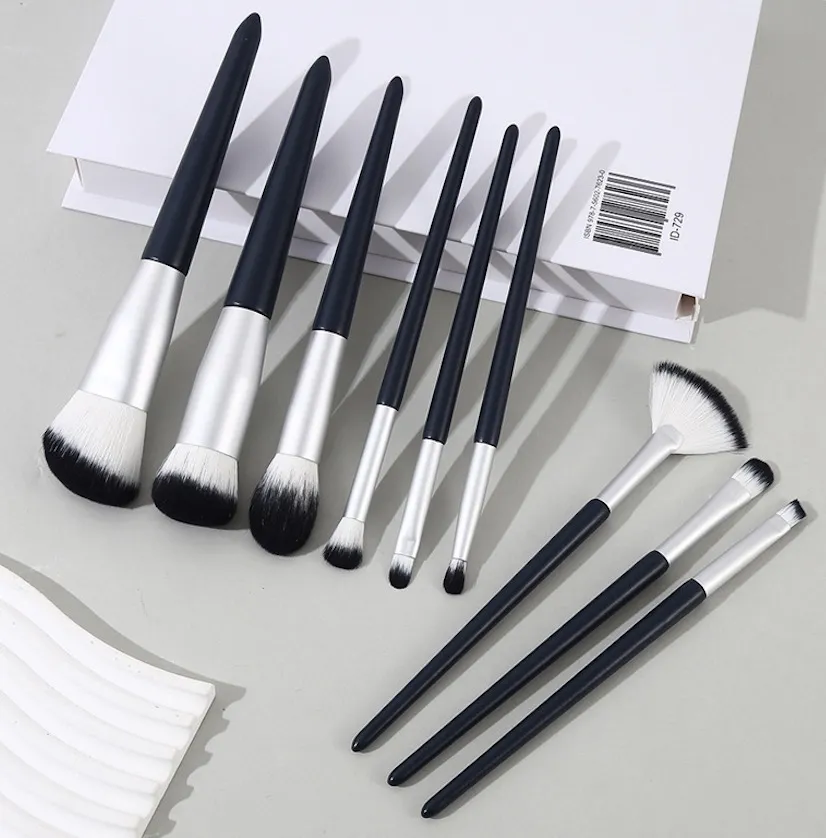Making a "cruelty-free" claim seems simple, but the rules are confusing. A wrong move can damage your brand’s reputation, so I’ll show you how to do it right.
Cruelty-free makeup1 means no animal testing by the brand or its suppliers on ingredients or finished products. This must be verified by standards like Leaping Bunny across all markets. Since the FDA doesn’t define the term, certification and auditable supplier agreements are your essential proof.
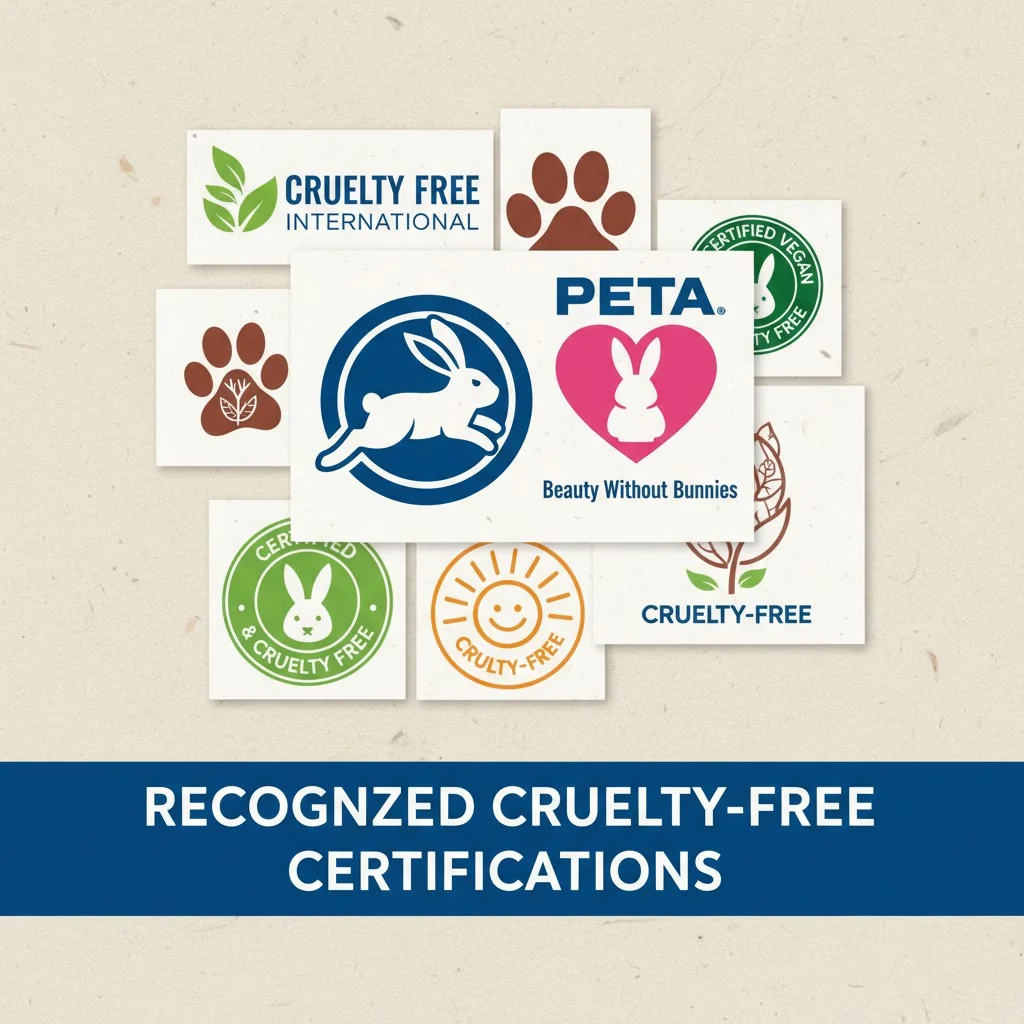
Getting this right is a big deal for the brand founders I work with. I’ve seen firsthand how a strong ethical claim can build a loyal community. But it’s not just a marketing buzzword; it’s about your brand’s integrity and the trust you build with your customers. A weak or unsubstantiated claim can break that trust forever.
So, let’s get into the details. I’ll walk you through the certification standards, the complex global rules, the exact paperwork you need from your factory, and how "cruelty-free" is different from "vegan."
The FDA has a strict legal definition for 'cruelty-free' in the U.S.False
The FDA does not define or regulate the term 'cruelty-free,' which is why third-party certification is the only way to give the claim real meaning and credibility.
Leaping Bunny certification applies to a brand's entire product range, not just single items.True
This ensures brand-level commitment. Leaping Bunny does not allow brands to 'cherry-pick' a few products to certify while others might not comply.
Cruelty-free defined: what are the standards, supply chain rules, and legal realities?
You see "cruelty-free" on packaging everywhere, but what does it really mean? Using the term without proper backing can mislead customers and destroy the trust you’ve worked so hard to build. Let’s clarify the gold standards and why third-party verification is non-negotiable.
A truly cruelty-free brand has a verified policy against animal testing at all stages—ingredients, formulations, and finished products. This is formalized through certifications like Leaping Bunny and PETA, which require full supply-chain monitoring down to the ingredient manufacturer and a fixed cut-off date2.
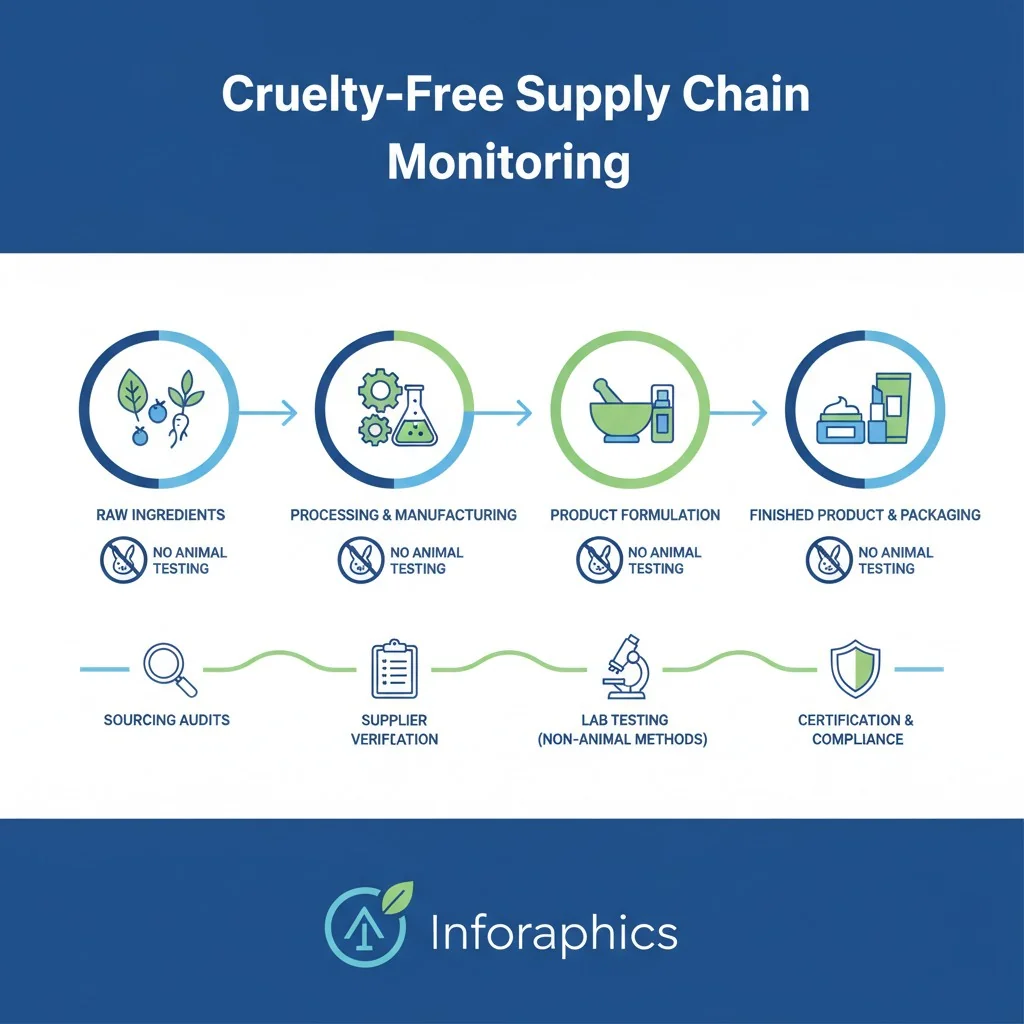
When I started on the factory floor, the focus was just on the final product. But a true cruelty-free promise goes much deeper. It’s a commitment that runs through your entire supply chain. For my clients, I break it down into three non-negotiable pillars.
The Three Pillars of a Cruelty-Free Claim
A robust claim means no animal testing is conducted, commissioned, or allowed by your brand or your suppliers for:
- Raw Ingredients: Every single component must be free from new animal testing.
- Formulations: The process of mixing those ingredients is not tested on animals.
- Finished Products: The final product you sell is not tested on animals.
This commitment must apply across all markets where you sell. You can’t be cruelty-free in the U.S. but allow testing to sell somewhere else.
Leaping Bunny vs. PETA: What’s the Difference?
In the U.S., there’s no legal definition of "cruelty-free," so the FDA won’t protect you. Your protection comes from certification. Leaping Bunny and PETA are the two most recognized programs, but they have key differences.
| Feature | Leaping Bunny Program | PETA Beauty Without Bunnies3 |
|---|---|---|
| Audits | Requires independent audits | Relies on supplier self-declarations |
| Supply Chain | Monitors down to ingredient manufacturer | Monitors the brand’s direct suppliers |
| Cut-Off Date | Requires a fixed cut-off date (FCOD) | Requires supplier agreements |
| Global Standard | Considered the global gold standard | Widely recognized, but with a simpler process |
I always advise clients aiming for the highest standard to pursue Leaping Bunny. Its audit requirement provides undeniable proof of your claim.
PETA's Beauty Without Bunnies program requires independent, third-party audits for all listed brands.False
PETA's program is based on supplier self-declarations and signed statements. Leaping Bunny is the program that mandates recurring independent audits.
A 'fixed cut-off date' means a brand and its suppliers will not use any ingredients tested on animals after that specific date.True
This is a core requirement for Leaping Bunny. It creates a clear line in the sand, ensuring no new animal testing enters the supply chain for any of your products.
The global compliance playbook: how do you navigate EU bans, REACH, and China’s new rules?
Selling your beauty brand globally means navigating a maze of different animal testing laws4. A misstep in one country, like the EU or China, can compromise your cruelty-free status everywhere. Here’s a clear guide to the key regulations so you can plan your market strategy.
The EU bans cosmetic animal testing, but its chemical law, REACH, can still require it for safety data. China now allows exemptions for "general cosmetics" if you provide a GMP certificate and safety assessment, but "special-use" cosmetics still require testing.
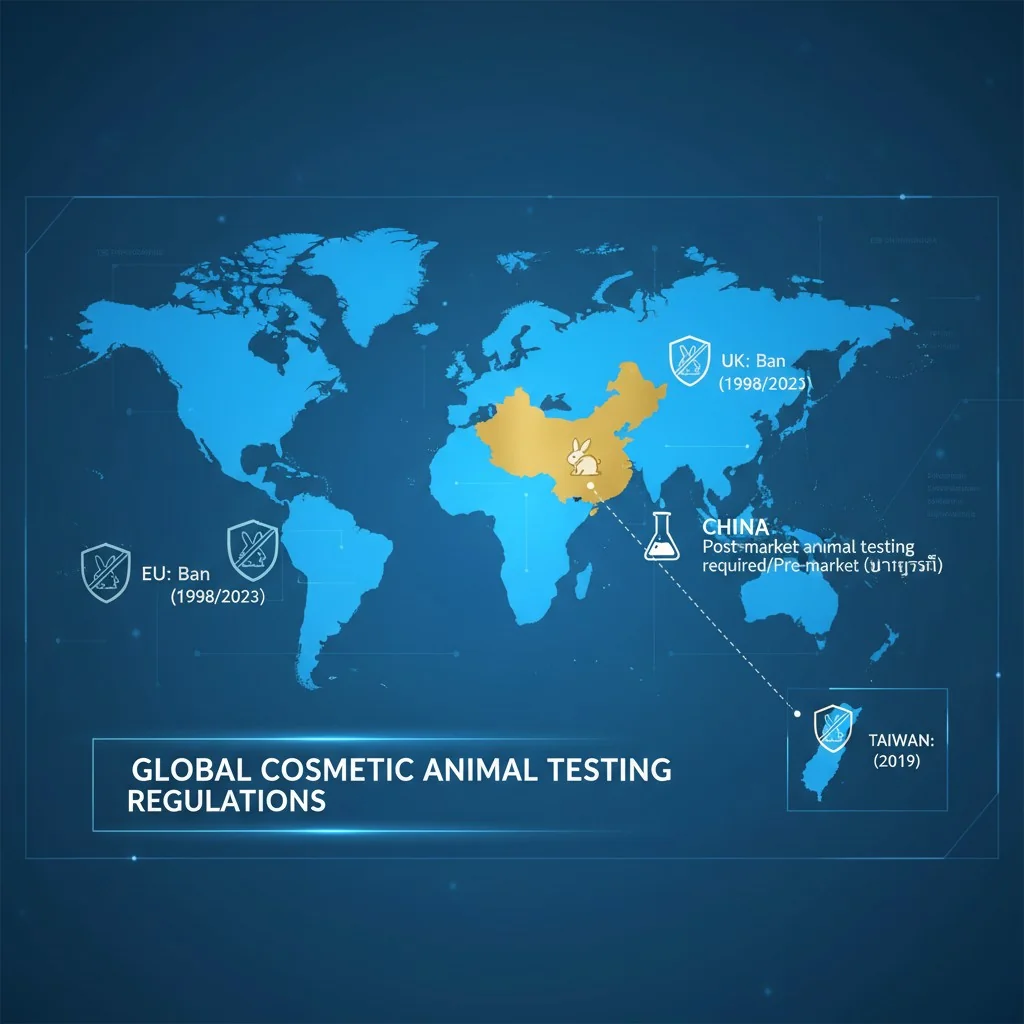
I’ve helped hundreds of clients scale their brands from the U.S. to Europe and Asia. The most common questions are always about these three markets. Understanding their rules is the key to growing your brand without sacrificing your ethics.
The EU’s Ban and the REACH Conflict
The EU has been a leader in banning animal testing for cosmetics with a series of milestones:
- 2004: Ban on testing finished cosmetic products.
- 2009: Ban on testing cosmetic ingredients.
- 2013: Full marketing ban, prohibiting the sale of cosmetics tested on animals elsewhere.
However, it’s not that simple. The EU’s chemical regulation, REACH, can still require animal tests on cosmetic ingredients to assess safety for workers or the environment. This loophole was confirmed in court cases, meaning a product sold in the EU isn’t automatically free from new animal testing in its supply chain. This is why certification remains so important, even in Europe.
Selling in China: The Cruelty-Free Path
For years, China’s mandatory animal testing made it off-limits for cruelty-free brands. That changed in 2021. Now, you can sell "general cosmetics" in China without pre-market animal testing.
Here’s how:
- Stick to "General Cosmetics": This includes most makeup, skincare, and hair care. Avoid "special-use" categories like sunscreens, hair dyes, or anti-acne products, which still require testing.
- Provide Key Documents: Your manufacturer must provide a Good Manufacturing Practice (GMP) certificate and a full product safety assessment.
- Manage Post-Market Risk: In the rare event of a customer complaint, authorities could pull a product for testing. To avoid this, have a recall policy in place to retrieve the product from the market instead.
All cosmetics sold in the EU are guaranteed to be 100% cruelty-free because of the 2013 marketing ban.False
A loophole exists. The EU's REACH chemical regulation can still mandate animal testing on cosmetic ingredients for non-cosmetic safety endpoints, like worker safety.
Brands can sell 'general cosmetics' in China without pre-market animal testing by providing a GMP certificate and a safety assessment.True
China's 2021 regulations created this exemption pathway, opening the market for many cruelty-free brands that can provide the required documentation from their manufacturer.
From claim to certification: what audit-ready documents do you need from your OEM/ODM partner?
You want to get your brand certified, but the paperwork from your factory feels like a black box. Without the right documents, your certification application will be rejected, wasting your time and money. I’ll give you the exact checklist of what to demand from your manufacturing partner.
Ask your factory for supplier declarations for every ingredient, a fixed cut-off date agreement, and proof of traceability. They must be ready for independent audits and provide GMP certificates and safety assessments. This documentation is the backbone of your cruelty-free claim.

This is where a good partner makes all the difference. At Brushino, we treat documentation as part of the product itself. When a client wants to get Leaping Bunny certified, we already have the systems in place. Here is what you should expect from any manufacturing partner you work with.
Your Cruelty-Free Documentation Checklist
To be ready for an audit, your files need to be perfect. An auditor from Leaping Bunny needs to be able to trace every component back to its source.
- Supplier Declarations: Your partner must get signed declarations from the raw material manufacturer, not just their direct supplier. This proves that no animal testing has occurred after your fixed cut-off date. We track these annually for every single ingredient.
- Fixed Cut-Off Date (FCOD) Agreement: This is a formal agreement that your brand will not use any ingredients tested on animals after a specific date. Your manufacturer and all suppliers must adhere to this.
- Traceability and Change Control: Your partner needs detailed records. If you change the glue used in a brush ferrule, it must be logged. We maintain change-control logs and batch traceability so we can prove compliance for every production run.
- Market-Specific Documents: For China, this means current GMP certificates and comprehensive product safety assessments.
- Recall Policies: A documented plan to recall products from the market in China is crucial to avoid the risk of post-market animal testing.
A GMP certificate is enough to prove a product is cruelty-free.False
A GMP (Good Manufacturing Practice) certificate proves quality control and safety in the manufacturing process, but it says nothing about a company's animal testing policies.
For Leaping Bunny, you need declarations from the ingredient manufacturer, not just your direct formula supplier.True
Leaping Bunny requires monitoring the entire supply chain. This deep level of verification is what makes it the gold standard for cruelty-free certification.
Cruelty-free vs. vegan: what are the ingredient red flags and labeling pitfalls?
You’ve achieved cruelty-free status, but now customers are asking if your products are vegan. Accidentally using an animal-derived ingredient can alienate a huge customer segment and damage your brand’s ethical positioning. Let’s clear up the confusion and identify the common non-vegan ingredients to avoid.
"Cruelty-free" is about testing methods, while "vegan" is about ingredients. A product can be cruelty-free but still contain animal by-products like carmine or beeswax. Always check your ingredient list (INCI) for red flags to avoid making misleading claims.
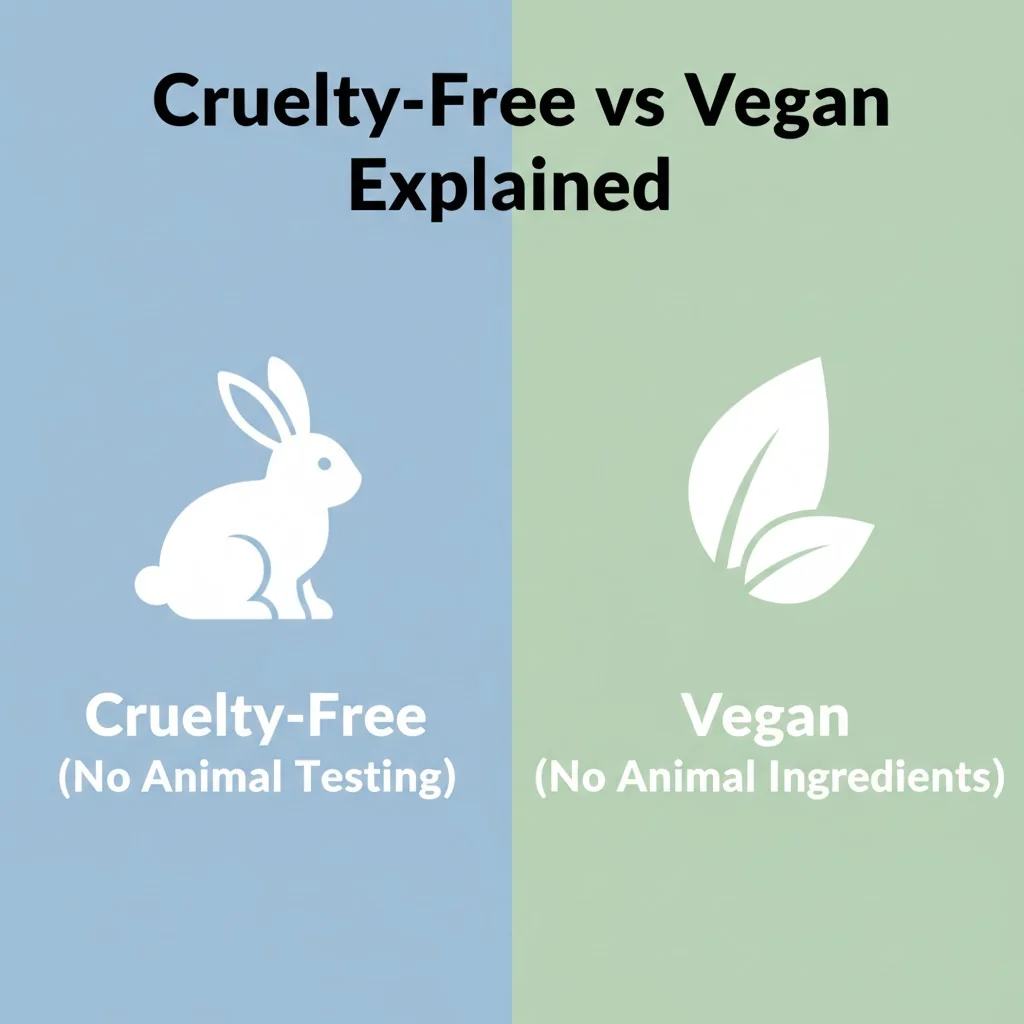
This is a major point of confusion for consumers. A 2023 survey by The Vegan Society found that over 43% of people were not confident in identifying animal-derived ingredients in cosmetics. As a brand owner, your job is to be clear and honest. The two claims are not interchangeable.
The Difference: Testing vs. Ingredients
It’s really this simple:
- Cruelty-Free: Addresses the process. No animal testing was used to develop the product.
- Vegan: Addresses the contents. The product contains no animal-derived ingredients.
A product can be one, both, or neither. For example, a lipstick can be made with vegan ingredients but have been tested on animals. Or, it could be cruelty-free but contain beeswax. To meet the expectations of the modern conscious consumer, many brands aim for both.
Common Non-Vegan Ingredients in Color Cosmetics
When sourcing products, especially color cosmetics, you need to know what to look for on the ingredient (INCI) list. Here are some of the most common red flags I tell my clients to watch out for.
| Ingredient Name | INCI Name | Function in Makeup | Common Vegan Alternative |
|---|---|---|---|
| Carmine | CI 75470 | Red pigment in lipstick/blush | Red iron oxides, beet powder |
| Beeswax | Cera Alba | Emulsifier in balms/creams | Candelilla wax, carnauba wax |
| Keratin | Hydrolyzed Keratin | Conditioner in mascaras/brow gels | Plant-based amino acids (from soy or wheat) |
| Guanine | CI 75170 | Shimmer in highlighters/eyeshadows | Mica, synthetic fluorphlogopite |
| Tallow | Sodium Tallowate | Cleansing agent in bar soaps | Plant-derived oils (coconut, olive) |
| Collagen | Hydrolyzed Collagen | Moisturizer in anti-aging products | Plant-based peptides, seaweed extracts |
If a makeup product is labeled 'vegan,' it is automatically 'cruelty-free' as well.False
Not necessarily. A product with all-vegan ingredients could still have been developed by a company that tests on animals. The claims are separate and require their own verification.
Carmine, a common red pigment in lipstick and blush, is derived from crushed insects.True
Carmine (CI 75470) is made from cochineal beetles. It's a very common non-vegan ingredient that brands aiming for a vegan claim must replace with plant or mineral-based pigments.
Conclusion
Achieving a true cruelty-free claim requires diligence, transparency, and a reliable manufacturing partner. With the right documentation and strategy, you can build a brand that customers trust and respect.
References
-
Understanding the definition of cruelty-free makeup is essential for consumers who want to make ethical choices. ↩
-
Understanding the fixed cut-off date helps brands ensure no new animal testing occurs in their supply chain. ↩
-
PETA’s program helps consumers identify cruelty-free brands, making it easier to shop ethically. ↩
-
Staying informed about animal testing laws is crucial for brands and consumers who prioritize ethical practices. ↩


